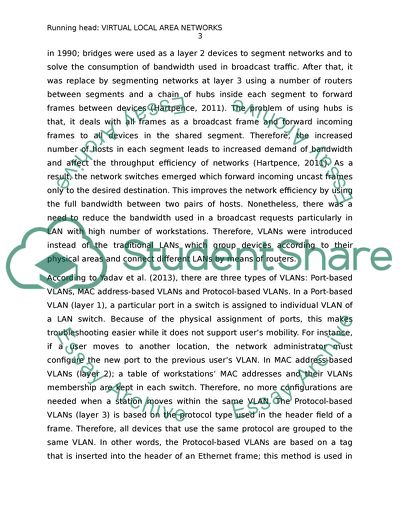Cite this document
(“Virtual Local Area Networks Essay Example | Topics and Well Written Essays - 2000 words”, n.d.)
Retrieved from https://studentshare.org/information-technology/1689525-virtual-local-area-networks
Retrieved from https://studentshare.org/information-technology/1689525-virtual-local-area-networks
(Virtual Local Area Networks Essay Example | Topics and Well Written Essays - 2000 Words)
https://studentshare.org/information-technology/1689525-virtual-local-area-networks.
https://studentshare.org/information-technology/1689525-virtual-local-area-networks.
“Virtual Local Area Networks Essay Example | Topics and Well Written Essays - 2000 Words”, n.d. https://studentshare.org/information-technology/1689525-virtual-local-area-networks.


